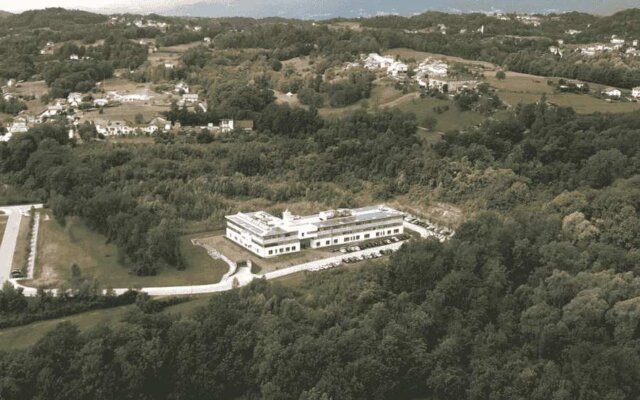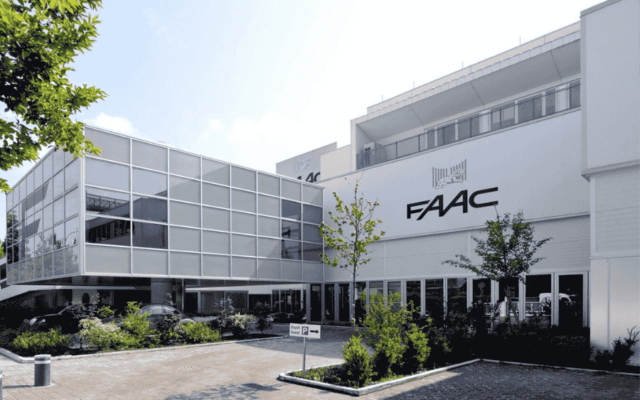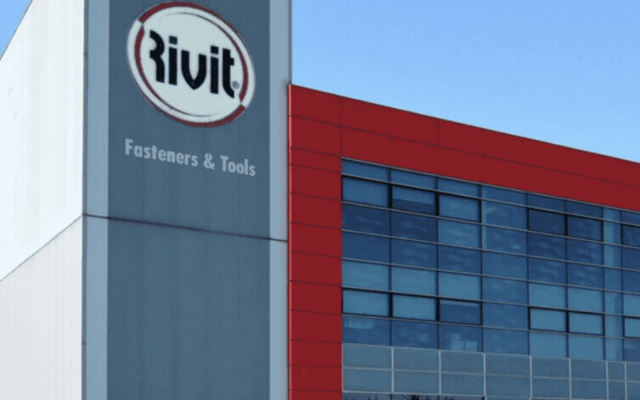Amadori

Challenge
In recent years, the need had arisen to revise the network architecture of the main offices, which had become obsolete and no longer capable of meeting the new requirements in terms of complexity and performance.
In particular, some projects such as “Server Virtualization and Consolidation” required a physical and logical change of the network. The increasing number of devices on the network—clients, servers, phones, Wi-Fi, industrial machinery used in production or logistics automation—had created a critical situation in a network that lacked logical segmentation.
The considerable scale that had been reached was highlighting major issues both in day-to-day management and troubleshooting activities, as well as in the need to renew the corporate communication system for voice and video transport.
In particular, the old network did not provide adequate support for IP Video Surveillance and IP Telephony.
The starting point for Amadori’s IT was to ensure the best possible service for the business. This concept, which runs through all projects and organizational levels, emphasizes that at the foundation of the entire information system there must be solid and secure infrastructure: the network.
Our main objective was therefore to implement a high-performance, highly reliable network to serve the two server rooms at headquarters, and then extend the renewal to peripheral nodes.
At the same time, we wanted to capitalize on a single investment to also evolve the telephone system with a Unified Communication & Collaboration solution tightly integrated with Messaging applications, and capable of responding to everyday mobility needs (IMAC).
Added to these objectives was the opportunity to delegate power management of some PoE devices (such as IP phones and cameras) to the network.
We also had to guarantee trade unions that the IP video surveillance system would comply with current privacy regulations and employee monitoring laws.
Another objective was to replace the carrier-managed network gateway with a redundant Layer 3 architecture, in order to manage data flow between the various VLANs that we needed to introduce to segment the network into multiple domains.
At the same time, we needed to enable monitoring of all network devices, activating NetFlow monitoring on the switches. This reporting is also very important for incident prevention.
Solution
During the first and perhaps most challenging phase, we replaced all network equipment and, in some cases, reviewed the backbone cabling to reach 10 GIGABIT.
The new architecture features Catalyst 6500 in the Data Centers and 35xx PoE switches in peripheral cabinets.
Once the architecture was completed, we activated Layer 3 functionality to manage the various VLANs, along with other protocols to better handle multicast traffic generated by certain applications.
We also took the opportunity to inventory and monitor the entire network using VEM Sistemi’s network management services, delivered in SaaS mode.
The second step was to introduce Cisco IP telephony.
We recently completed the “UCC Project”, which involved updating Amadori’s Messaging and Collaboration platform.
The goal was to initiate the “Move to Lotus by IBM” process for over 1,000 users, enabling, in addition to Lotus Domino and Notes mail services, also the Instant Messaging and web collaboration features of Lotus Sametime and Quickr.
We selected a pilot group of about 100 users, who were also provided with Cisco VoIP telephony.
Through the Corporate Telephony Project, we implemented a high-availability infrastructure fully integrated with the network and Lotus applications.
We therefore activated Call Manager, Unity, and Presence Server to provide users with related services such as telephony, click-to-call, remote phone control, voicemail, and to integrate telephony presence with Sametime awareness.
In parallel, a Video Surveillance project involved upgrading the corporate security system at main locations with around fifty cameras.
The technological choice enabled us to opt for an advanced IP video system, enhancing the flexibility of a constantly evolving solution.
We also activated the new EnergyWise functionality, which allowed us to resolve some issues related to compliance with regulations.
Benefits
The main advantage, speaking of the Switching infrastructure, is that “there were no surprises”.
We emphasize the importance of a corporate network which, from the user’s point of view, is invisible and transparent in daily operations—a key signal of network reliability.
Among the main benefits resulting from the integration of telephony and Unified Communication & Collaboration applications is a significant improvement in the company’s relationship with partners and suppliers.
Thanks to EnergyWise, we were able to assure trade unions that the video surveillance system complied with the Workers’ Statute regarding employee monitoring (power is only supplied outside working hours).
It’s worth noting that the network is no longer a concern: its performance, flexibility, and reliability allow us to focus on designing and adopting new applications and services without having to wonder each time whether the network can support them.
Having activated a range of traffic control and switch monitoring functionalities allows us, as much as possible, to anticipate and limit issues.
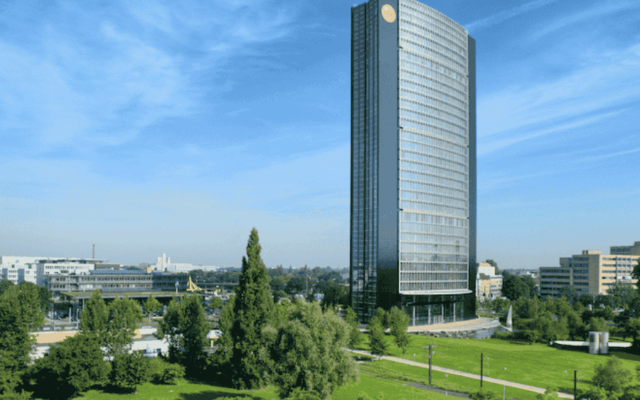
ARAG SE ITALIA
featured-business-cases-en
ARAG SE ITALIA
featured-business-cases-en
ARAG SE ITALIA

The new workplace of BPER Banca
featured-business-cases-en
The new workplace of BPER Banca
featured-business-cases-en
The new workplace of BPER Banca
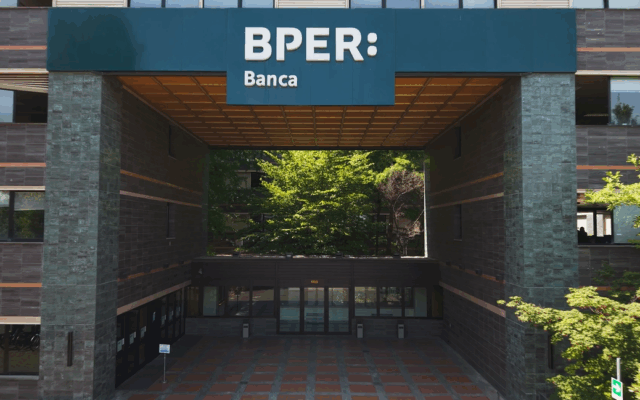
The New BPER Banca Data Center
featured-business-cases-en
The New BPER Banca Data Center
featured-business-cases-en
The New BPER Banca Data Center

MUG MAGAZZINI GENERATIVI
featured-business-cases-en
MUG MAGAZZINI GENERATIVI
featured-business-cases-en
MUG MAGAZZINI GENERATIVI

DECO INDUSTRIE
featured-business-cases-en
DECO INDUSTRIE
featured-business-cases-en
DECO INDUSTRIE

Ferriere Nord – Gruppo Pittini
featured-business-cases-en
Ferriere Nord – Gruppo Pittini
featured-business-cases-en
Ferriere Nord – Gruppo Pittini

Poderi dal Nespoli
featured-business-cases-en
Poderi dal Nespoli
featured-business-cases-en
Poderi dal Nespoli

Massimo Zanetti Beverage
featured-business-cases-en
Massimo Zanetti Beverage
featured-business-cases-en
Massimo Zanetti Beverage
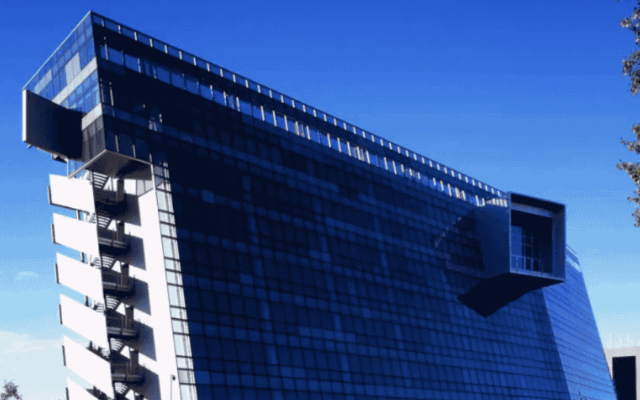
Hypo Alpe Adria Bank
featured-business-cases-en
Hypo Alpe Adria Bank
featured-business-cases-en
Hypo Alpe Adria Bank
info@vem.com
Via Don Sebastiano Calderoni, 12
Località San Giorgio
47122 Forlì (FC)
T +39 0543 725005
F +39 0543 725277 Vimercate
Palazzo Acero, via Torri Bianche, 8
20871 Vimercate (MB)
T +39 039 9253222
F +39 039 9253223 Modena
Via G. Perlasca, 25
41126 Modena (MO)
T +39 059 7863711
F +39 059 785699 Padova
Via San Marco, 11
Palazzo Torre
Ingresso Piazza Aldo Moro 10
35129 Padova (PD)
T +39 049 7423400
Senigallia
Via D. Corvi, 8
60019 Senigallia (AN)
T +39 071 660263
F +39 071 660264 Roma
Viale Citta d’Europa, 679
00144 Roma (RM)
T +39 0652204031
F +39 0543 725277



Quality Control

Vem Sistemi's information safety management system is UNI CEI EN ISO/IEC 27001:2017

VEM Sistemi's quality management system is UNI EN ISO 9001:2015
Via Don S. Calderoni 12, Forlì (FC), Italia - Tel. +39 0543 725005 - Capitale sociale € 500.000 i.v. - Iscr. Reg. Imp, C.F. e P. IVA 01803850401 - R.E.A. FC 217998






